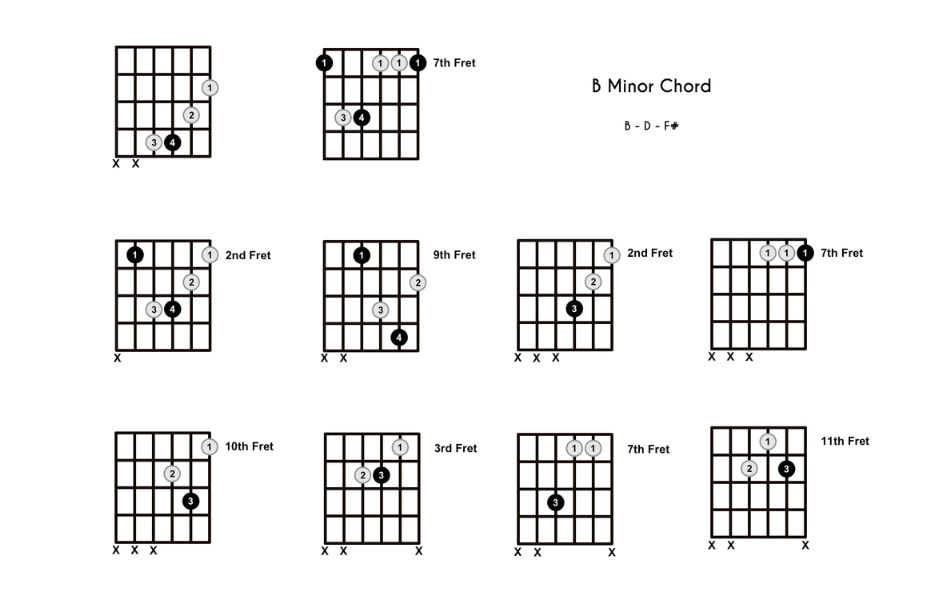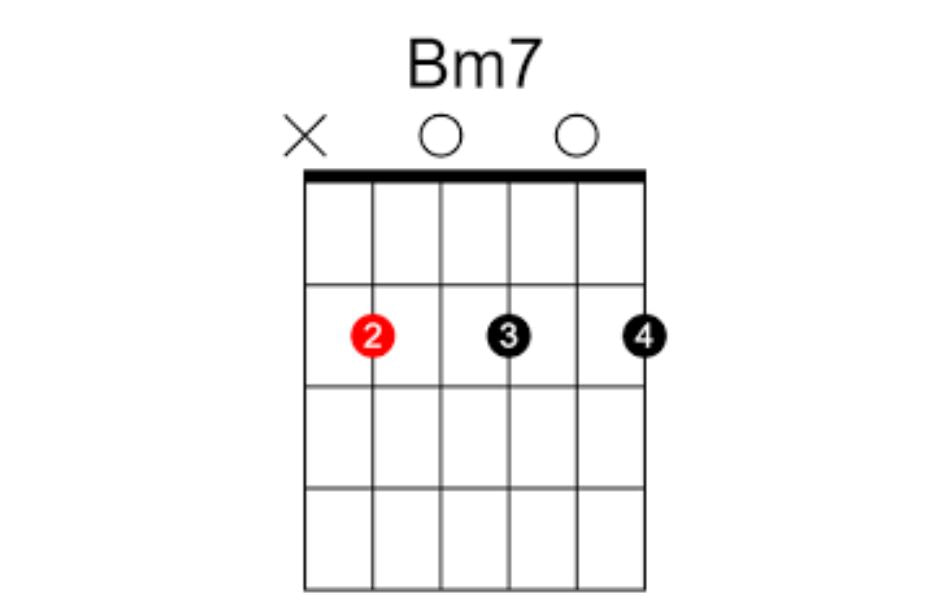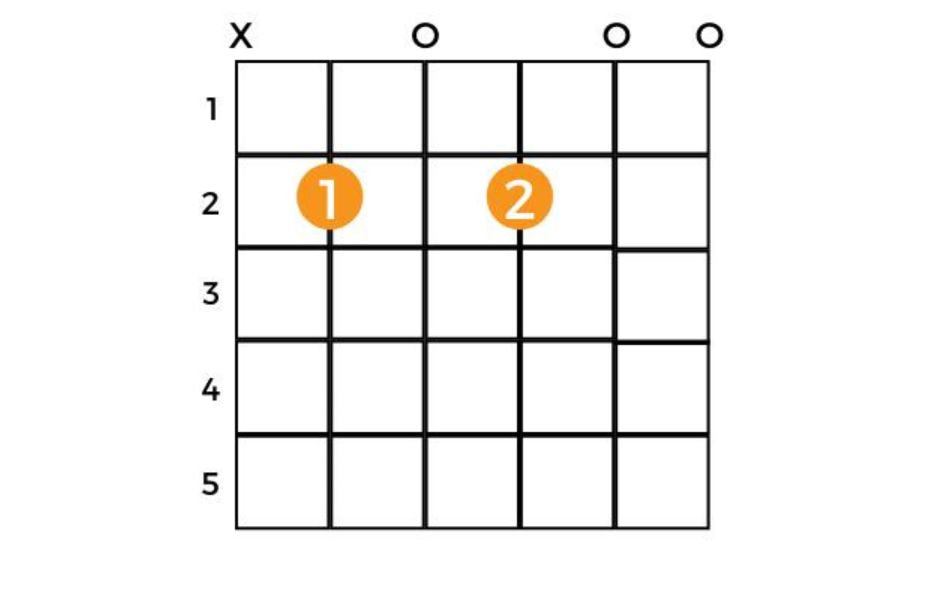Best B Minor Guitar Chord Easy For Beginners
One of the first chords that often presents a challenge to beginners is the elusive B minor chord. While it might seem daunting at first glance, fret not, for we're about to unravel the mystery and make it a breeze for you. In this guide, we're on a quest to find the easiest and most beginner-friendly way to play the B minor guitar chord easy.
Why is the B minor guitar chord hard?
B minor guitar chord is often considered a challenging guitar chord, especially for beginners. Its barre chord formation and the positioning of fingers across multiple frets. Here are some reasons why the B minor chord can be challenging:
The most common way to play Bm on the guitar is a barre chord. This means you need to use one finger to press down multiple strings at once, which can be physically demanding for beginners and requires finger strength and dexterity.
Barre chords often require you to bar all the strings at a particular fret using one finger while forming a chord shape with the other fingers. The B minor barre chord usually starts at the 2nd fret, which can be challenging for a beginner to press down uniformly on all strings.
The B minor chord involves a relatively wide stretch between the index finger (barre) and the other fingers, especially the pinky, which can be difficult for those with smaller hands or less finger flexibility.
If the fingers are not placed precisely or if the barre isn't pressed down firmly, you might encounter muted or buzzing strings, which is a common issue when learning barre chords. Moving to and from the B minor chord can be tricky, especially if you're transitioning from an open chord.

What B minor guitar chord easy for beginners?
There's an alternative approach with the Bm7 chord. While not identical to the B minor, Bm7 serves as a seventh-scale degree variant, presenting a unique tonal quality compared to the traditional B minor. It's a stepping stone towards mastering the B minor chord.
To play the Bm7 chord, start by placing your index finger on the second fret of the A string (fifth string). Next, position your middle finger on the second fret of the G string (third string). Finally, set your ring finger behind the second fret of the high E string (first string). Allow the second, fourth, and sixth strings to remain open.
Ensure only your fingertips are on the strings, right behind the frets, to achieve the optimal sound. Given that the Bm7 chord offers a distinct tonal quality from the regular B minor, exercise caution when using it as a substitute in songs. Test it out first to determine if it complements the song seamlessly or affects its sound adversely. This versatile chord can open up creative possibilities on your musical journey.

Some B minor guitar chord easy
2-finger chord
A true 2-finger version of the B minor chord (Bm) that includes only two fingers and is playable as a standard chord isn't feasible due to the specific notes needed to form a B minor chord. However, there are simpler variations that involve using a partial barre or omitting some notes:
Partial Barre 2-finger Bm:
- Place your index finger on the 2nd fret, barring the high E (1st), B (2nd), and G (3rd) strings.
- Strum from the A string (5th) down to the high E string (1st), avoiding the low E string (6th).

Trial-finger chord
Engaging with triads offers a valuable avenue for delving into the intricacies of the B minor guitar chord easy and gaining a deeper understanding of the guitar fretboard. Through systematic arrangements of chord notes using permutations—such as root position, first inversion, and second inversion—we unlock an array of intriguing and distinct shapes and voicings. These permutations not only broaden our understanding of the B minor chord but also enrich our musical palette.
The B minor triad manifests in three unique voicings:
- B minor Triad (Root Position)
This foundational voicing comprises the notes B, D, and F#, outlining the fundamental structure of the B minor chord.
- B minor Triad (1st Inversion)
In the first inversion, we rearranged the notes to form D, F#, and B. This inversion offers a different tonal color while still encapsulating the essence of the B minor chord.
- B minor Triad (2nd Inversion)
Shifting the arrangement once again, we arrive at the second inversion featuring the notes F#, B, and D. This inversion adds yet another layer of sonic diversity, presenting a unique perspective of the B minor chord.
Mastering the B minor chord is an exciting milestone for any guitarist, especially beginners. With the knowledge and techniques shared in this guide, you've taken the first steps toward adding a powerful and emotive chord to your repertoire. The B minor guitar chord easy will soon become second nature.








